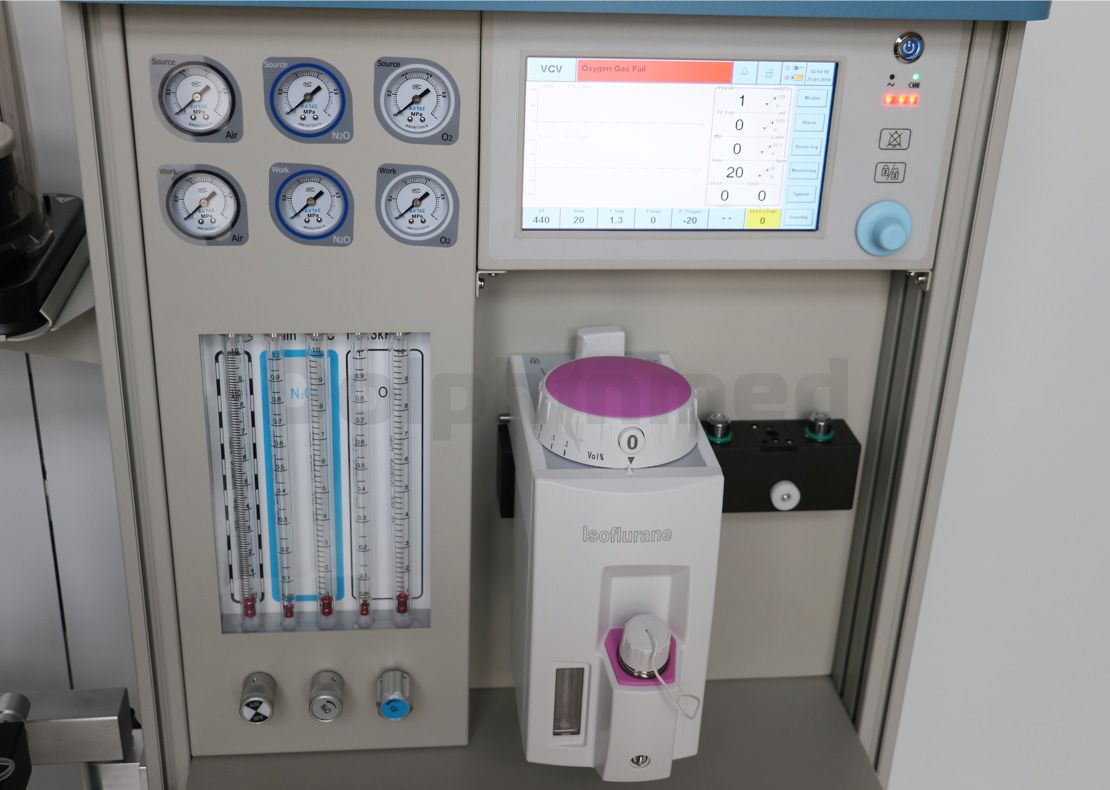The Basic Structure of Anesthesia Ventilator
1. Our classification Anesthesia Ventilator is often confused with therapeutic ventilators. These two machines are used for different purposes, such as pneumatic air control, pneumatic electronic control and electric electronically controlled ventilator. Although this division is correct in principle, it can be slightly rough. It confuses the vast differences in pneumatic electronically controlled ventilators in high-end therapeutic ventilators that are pneumatically controlled in general anesthesia machines.
2. Now classify anesthesia ventilators, not only to distinguish the type of power source (pneumatic or electric) but also to distinguish the type of separation device, that is, folding the skin or the cylinder, so the classification allows us to easily distinguish the actual application. The pros and cons of us can better understand the technical content of the anesthesia ventilator itself.
3. An anesthesia ventilator with a folding capsule as a separation device, both pneumatic and electric. The compliance of such an anesthesia ventilator is an insurmountable barrier and can only be compensated by software chat. If it is an ascending skin capsule, then Often pneumatic, it is not possible to achieve low flow anesthesia through mechanical means. The descending skin capsule, both pneumatic and electric, can achieve low-flow anesthesia through mechanical devices. Pneumatic power consumption is about 10 times that of electric motors, but the structure can be simplified to the extreme. The pneumatic electronically controlled anesthesia ventilator has a large technical content span, while the electric-mechanical structure is relatively complicated.

4. Another type of anesthesia ventilator uses a roller-cylinder cylinder as a separation device. Its advantages are unique, that is, system compliance is small. It can be absorbed in the exhalation loop, plus the hard characteristics of the cylinder itself, and its system compliance is about 1/10 of the folded bladder. In addition, it is easy to achieve low-flow anesthesia through mechanical devices, but its structure is the most complex and relatively high cost.
The above is the basic structure of the ICU Anesthesia Ventilator Machine. For more exciting information, please visit our website, http://www.dolphinmed.com






 English
English  French
French  Chinese
Chinese  Spanish
Spanish 














